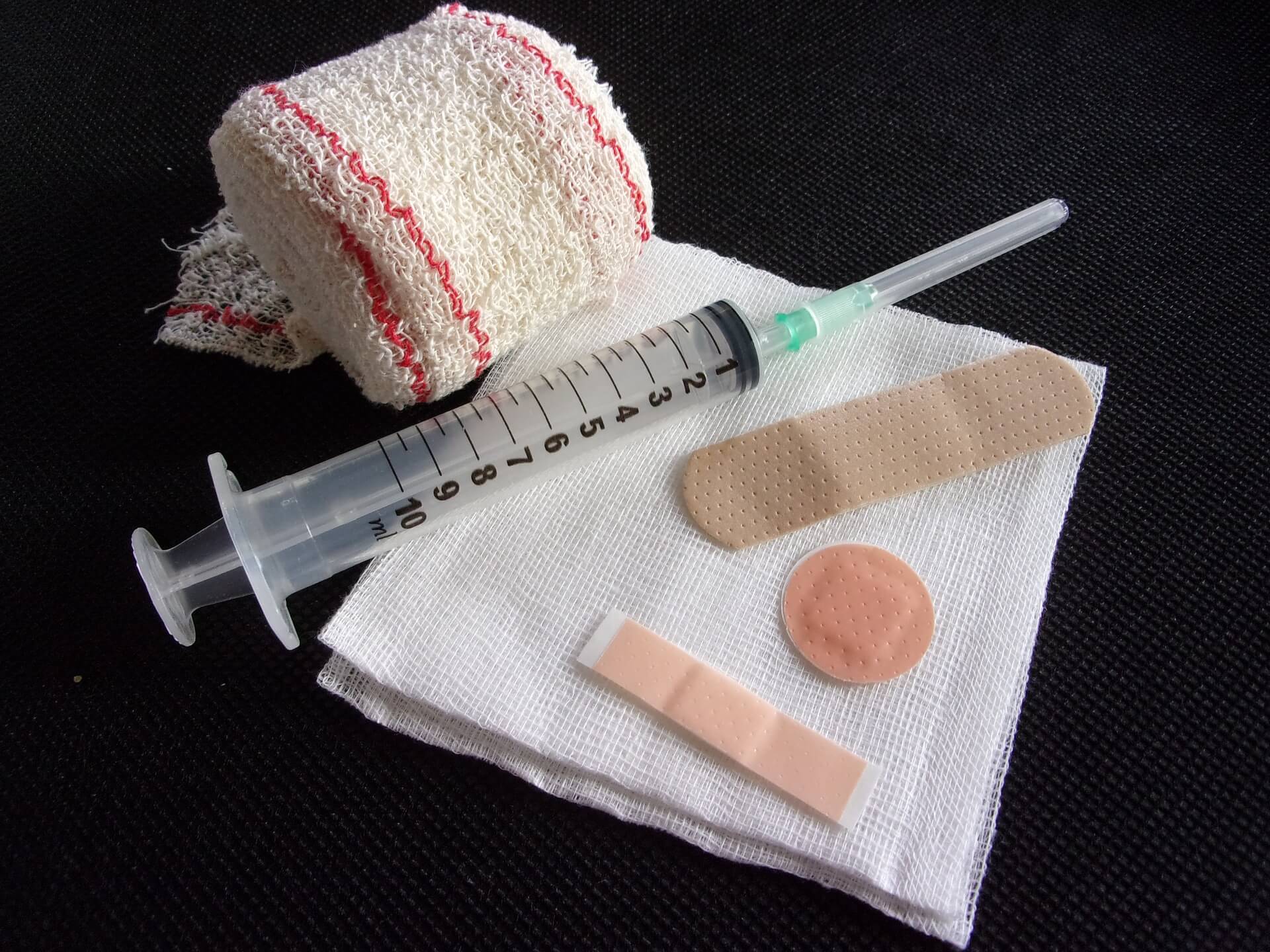For carers: Blood tests
You might need to support someone to go for a blood test. These are routine but they can feel scary, especially if they haven’t had one before or if they are anxious of needles.
Explaining what will happen at the blood test can help, click the button at the top of the page for some easy read information you can use.
This page will also explain what to expect so you can talk to the person you care for about it and answer questions.
About blood tests
“Blood tests have a wide range of uses and are one of the most common types of medical test. For example, a blood test can be used to:
- Assess your general state of health.
- Check if you have an infection.
- See how well certain organs, such as the liver and kidneys, are working.
- Screen for certain genetic conditions.
“Most blood tests only take a few minutes to complete and are carried out at your GP surgery or local hospital by a doctor, nurse or phlebotomist (a specialist in taking blood samples). (NHS)
Blood tests can take place at GP surgeries or in a hospital, these depend on what appointments and services are available in your local area. Sometimes blood tests can be done at a walk in service so it helps to find out when it won’t be very busy to save some time.
When you get to the walk in service you might not need to check in with a receptionist, but take a ticket from a machine which will tell them you have arrived. They will call the ticket number when it’s time for your test.
What will happen at the appointment
Blood samples are usually taken from your arm using a needle and a special bottle, a tight band around the arm can help them to find a vein and reduce discomfort.
Before they put the needle in they clean the skin with an alcohol wipe and then ask to make a fist, which helps blood flow so the test can go smoothly.
The nurse or doctor will put the needle in which might hurt a little bit and might cause a small bruise afterwards.
They will probably take a few samples of blood, which means using a few of the sample bottles and changing them. This shouldn’t cause pain or discomfort.
When the test is done the sample will go to a laboratory where it will be checked and the results will be sent to the doctor. This can take about a week, and you might need to call the doctor to check if they’re ready and make an appointment to discuss them.











